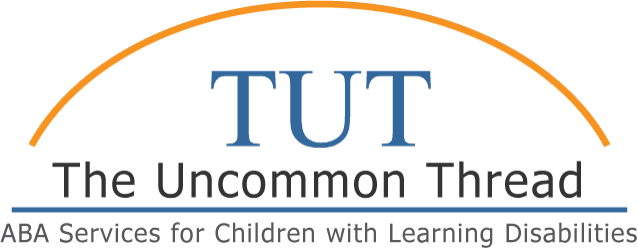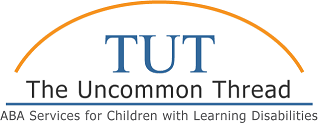Autism is a complex neurobiological disorder that impairs social interactions, communication and a markedly restricted repertoire of activity and interests. It is part of a group of disorders known as Autism Spectrum Disorders (ASD). Autism occurs in all racial, ethnic, and social groups and is four times more likely to strike boys than girls. Autism impairs a person’s ability to communicate and relate to others. It is also associated with rigid routines and repetitive behaviors, such as obsessively arranging objects or following very specific routines. Symptoms can range from very mild to quite severe.
Parents May Notice First
Autism Spectrum Disorders can usually be reliably diagnosed by age 3, although new research is pushing back the age of diagnosis to as early as 6 months. Parents are usually the first to notice unusual behaviors in their child or their child’s failure to reach appropriate developmental milestones. Some parents describe a child that seemed different from birth, while others describe a child who was developing normally and then lost skills. Pediatricians may initially dismiss signs of autism, thinking a child will “catch up,” and may advise parents to “wait and see.” New research shows that when parents suspect something is wrong with their child, they are usually correct. If you have concerns about your child’s development, don’t wait. Speak to your pediatrician about getting your child screened for autism.
Early Intervention
If your child is diagnosed with autism, early intervention and ABA therapy is critical to gain the maximum benefit and outcome. Research shows that early intervention in an appropriate educational setting for at least two years during the preschool years can result in significant improvements for many young children with Autism Spectrum Disorders. As soon as autism is diagnosed, early intervention instruction should begin. Effective programs focus on developing communication, social, and cognitive skills.



